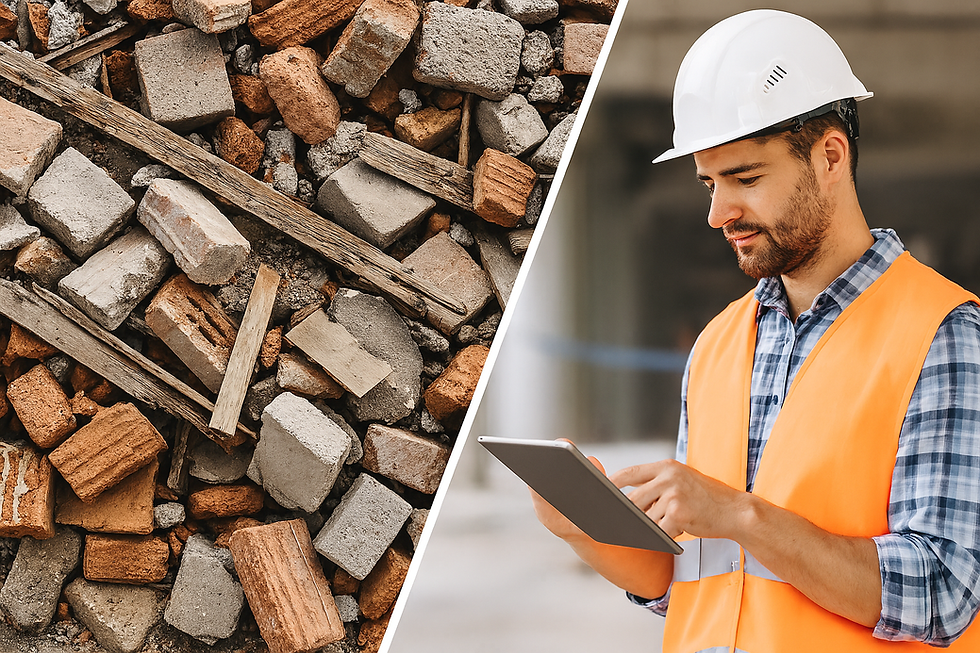Guide to Rate Analysis in Construction Projects
- kinjal shah
- May 11, 2023
- 2 min read
Updated: Jul 5, 2023
Rate analysis is a process of estimating the cost of a construction project by determining the quantities of various materials required and the corresponding cost of each material. It involves breaking down the total cost of the project into its individual components and analyzing the rates of each component.
The following are the steps involved in rate analysis:
Estimating the quantities: The first step in rate analysis is to estimate the quantities of various materials required for the project. This involves determining the volume of the work, such as the area to be covered, the thickness of the material, and the height of the building.
Determining the rates: The next step is to determine the rates of each material required for the project. This involves researching the current market rates for each material and calculating the cost per unit, such as per square foot or per cubic meter.
Calculating the cost: Once the quantities and rates of each material have been determined, the total cost of each material can be calculated by multiplying the quantity by the rate. The total cost of all the materials required for the project is then calculated.
Adding the overheads: In addition to the cost of materials, there are also overhead costs involved in a construction project, such as labor costs, equipment costs, and administrative expenses. These overheads are added to the total cost of the materials to arrive at the final cost of the project.
Checking the estimates: Finally, the estimates are checked to ensure that they are accurate and reasonable. This involves comparing the estimated costs with similar projects, considering any unexpected contingencies, and making adjustments as necessary.
Tips for Ensuring Accurate Rate Analysis
Research current market rates for materials and services: It's essential to stay up-to-date with the latest market rates for materials and services required for the project. Researching current rates can help to avoid underestimating or overestimating costs.
Update estimates regularly to reflect changes in material costs: Material costs can fluctuate rapidly, so it's essential to update estimates regularly to ensure they are accurate. This will help to avoid any unexpected cost overruns during the project.
Consider unexpected contingencies and add a buffer to estimates: It's crucial to consider unexpected contingencies that can arise during a construction project. These could include changes in design, weather delays, or unforeseen issues with the site. Adding a buffer to estimates can help to cover these unexpected costs.
Use specialized software and tools to aid in rate analysis: There are specialized software and tools available that can help with rate analysis. These can help to automate the process and ensure accuracy by minimizing the risk of human error.
Consult with experts in the field: Consulting with experts in the field, such as architects, engineers, or contractors, can provide valuable insights into the cost of various materials and services. This can help to ensure that estimates are accurate and realistic.
Rate analysis is a crucial process in construction projects as it helps to ensure that the project is completed within the budget and on time. It also helps to identify any potential cost overruns and provides a basis for negotiating contracts with suppliers and contractors.
For more such information visit us at: https://www.sq-feet.com/



Comments